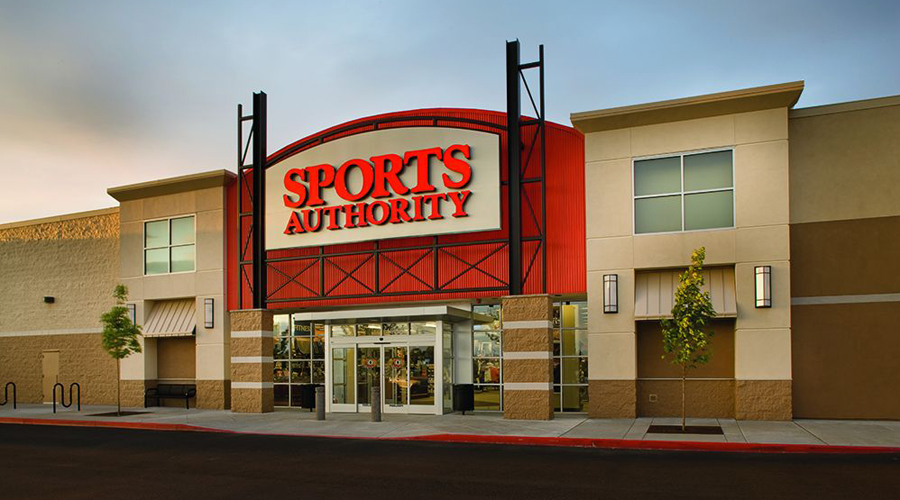By Charlie Lunan
The prolonged and costly litigation between secured lenders and vendors over proceeds from consignment sales at bankrupt Sports Authority has exposed just how reliant sporting goods vendors have become on big box retailers – even when they know their finances are shaky.
Sports Authority’s term lender has been fighting with vendors over how to divide $70 million in proceeds from consignment sales since the day the retailer filed its Chapter 11 bankruptcy petition in early March. Although the parties reached a settlement July 1, the Unsecured Creditors Committee filed an objection to the plan July 7 saying it deprived them of their best, last hope of recovery.
Consignment sales are one of several ways vendors can manage credit risk and retailers can manage inventory risk in the U.S. The technique allows vendors to retain title of their goods until the moment they are sold by a retailer. Conversely, the retailer can return unsold goods to the vendor. When done properly, the technique can be far cheaper than factoring or credit insurance.
It is widely used as a way to get shelf space for perishable items such as magazines and nutritional supplements, as well as seasonal items or untested products or vendors. GNC and makers of inexpensive sunglasses use consignment sales to place their products in drug stores.
In Sport Authority’s case, however, it appears many vendors began resorting to consignment sales last year in response to the retailer’s deteriorating financial condition. The litigation in bankruptcy court indicates that in their eagerness to keep selling to Sports Authority, some vendors failed to properly secure their inventory by filing and perfecting liens in each state where they had shipped consignment goods.
“The challenge all suppliers and lenders have is always the yin and the yang of daily operations and running a business,” explained Lee Diercks, a partner at Clear Thinking Group LLC, a consultancy that is currently advising clients in the Hancock Fabrics and Total Hockey bankruptcy cases. “You’ve got to sell stuff to run a business and there is a thin line of how much risk do you take; how much am I prepared to sell to this company and how much am I prepared to lose if they go under?”
In the Sports Authority case, vendors who failed to perfect their liens on consignment goods emerged as a much larger category of unsecured creditors than usual, greatly complicating the bankruptcy process.
Perhaps more importantly, however, noted one observer, the Sports Authority debacle reveals just how dependent sporting goods brands have become on big box retailers.
“You can say everyone in the industry knew they were having financial problems,” noted one industry observer who requested anonymity, “but what are you going to do? You can’t not sell to Sports Authority. You can’t walk away from them. It’s almost as if they are too big to fail. It shows how messed up retail is right now. No one wants to go with the small guys because they don’t have the financing and their owner is 70 years old, but some of the big guys are struggling too. It puts the brands in a tough spot.”
That helps explain why so many brands are moving so aggressively into direct-to-consumer sales.
















